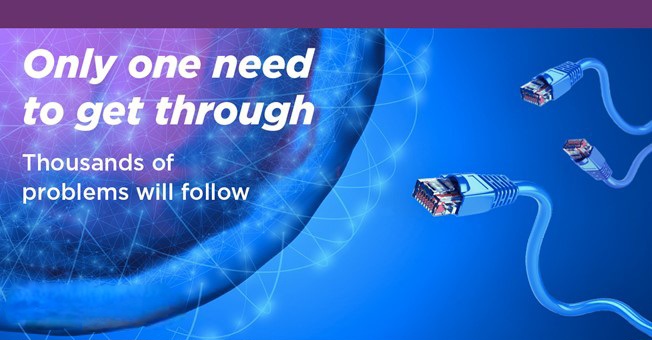IBM storage solutions

The IBM StorWize V7000 Unified is a typical example of when a professional block-level SAN storage is supplemented with NAS functions.
Advantages over local storage:
- Both technologies have a big advantage over local storage in that they support Cluster solutions by allowing multiple servers to access a given storage area.
- The data area can be shared dynamically and flexibly between the servers. In the event of a given server failure, the storage area can be easily switched to another working server.
- It provides an opportunity to effectively use Deduplication, Thin Provisioning, Clone and Snap Shot solutions.
SAN (Block) storages:
SAN (Block) storage uses the SCSI protocol of local disks using some special solution to access LUNs on disk arrays (RAID). SCSI low distance limits of 2-5m are exceeded by embedding SCSI packets in some distance-tolerant protocol such as FC or Ethernet (this becomes ISCSI), thus increasing the bridgeable distance to 100 meters (ISCSI) or even 300Km (FC). The speed of the network is 1,2,4,8 or 16 Gb for FC, 1 GB or 10 GB for ISCSI depending on the Ethernet network. In the case of FC, it is also important to mention that the delay of the network is orders of magnitude lower than in the case of the Ethernet network, which can be a very strong aspect for storage access.
Advantages:
- Using the usual terms in SCSI technology, the servers still access the storage area (LUNs) assigned to them at a low, close-to-hardware (Block) level, only not from the disks built into them, but from the central storage up to 300 Km away from them.
- The servers receive an area (LUN) allocated to them on the RAID array created on this central, high-availability storage (redundant in all its elements and replaceable on the fly).
- Due to the block-level access and the speed of the intermediary protocols, this solution enables high transaction speed, reliable operation, and fast switching (0.01-0.1 sec) between redundant controllers in the event of an error.
Disadvantages:
- Due to the close hardware solution, the disadvantage is lower functionality compared to NAS solutions. Since the storage does not look at the file level, it is therefore not possible to directly perform file-level operations with it. Although this is usually not necessary, because this can be done at a higher infrastructure level, for example at the level of VMware or the operating system.
- Another disadvantage of the solution is that special, dedicated devices are needed to build the network, which increases the costs, but these devices greatly increase the safe and fast access to data.
NAS storages
In this solution, the servers access the data at the file level rather than at the block level, the storage can see into the file system. LUNs are not allocated, but directories and files. Access is also monitored by a more complicated authorization system compared to SAN solutions. The storage area can be accessed with CIFS or NFS, GPFS protocols, usually with these protocols the data area is accessed via an Ethernet network.
Advantages:
- Among the advantages of the solution is that it can be very easily integrated into the existing network, no special network infrastructure is needed, thus greatly reducing the cost of implementation.
- This storage solution is characterized by a high level of software support, in some cases even application-level backup and reload support can be purchased for it.
Disadvantages:
- Manufacturers usually charge high amounts for functionality, and complicated software solutions have a strong influence on storage access speed.
- A typical problem during implementation is that, for cost-saving reasons, network traffic and storage traffic flow on the same Ethernet device, which makes operational security critical.
- Another disadvantage is that the transmission speed is much lower than the transmission speed of FC solutions due to the delay of the Ethernet network and the speed of the network (1GB or 10GB).
- Due to the high-level protocols, in the event of an error, the switching time between the storage controllers can even exceed 10-15 seconds, for which the applications must be prepared.
SAN+NAS storages
A typical example of this is IBM self-developed IBM StorWize V7000 Unified system, where the professional V7000 Block-level SAN storage was supplemented with a two-node Cluster that supports CIFS, NFS, FTP, http, GPFS accesses.
You can browse IBM storage devices here!
Cyber Resilience
How ca we make our IT systems resilient?
CSINFO Partner day
2023.10.05. thursday 9,00-14,00
Location: Teatro di Fragola
1137 Budapest, Újpest rakpart 5.

IBM FlashSystem® Cyber Vault
Cyber resilience redefined by IBM FlashSystem
- The IBM FlashSystem® Cyber Vault solution accelerates the detection and recovery of cyber attacks
- Change your way of thinking: think about prevention and keep your company IT system safe!
VSphere 6.5, 6.7 end of general support.
- End of suport: 2022.10.15
new hardware support,
server/client/guest OS updates,
new security patches, or bug fixes
- End of technical support: 2023.11.15





